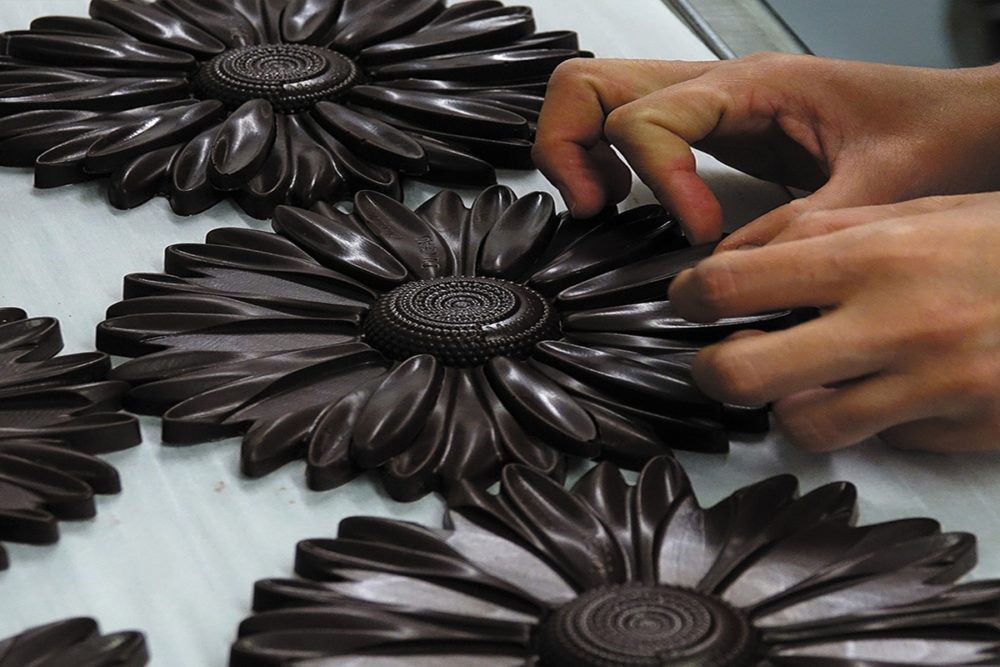Angoulême is well-known for its famous comic book festival, but there’s more to the town than that…
The Angoulême specialities are drawn from traditional Charentaise cooking, with influences from neighbouring regions in the mix as well. These fertile territories boast produce from both sea and land that is as fresh as it is delicious!
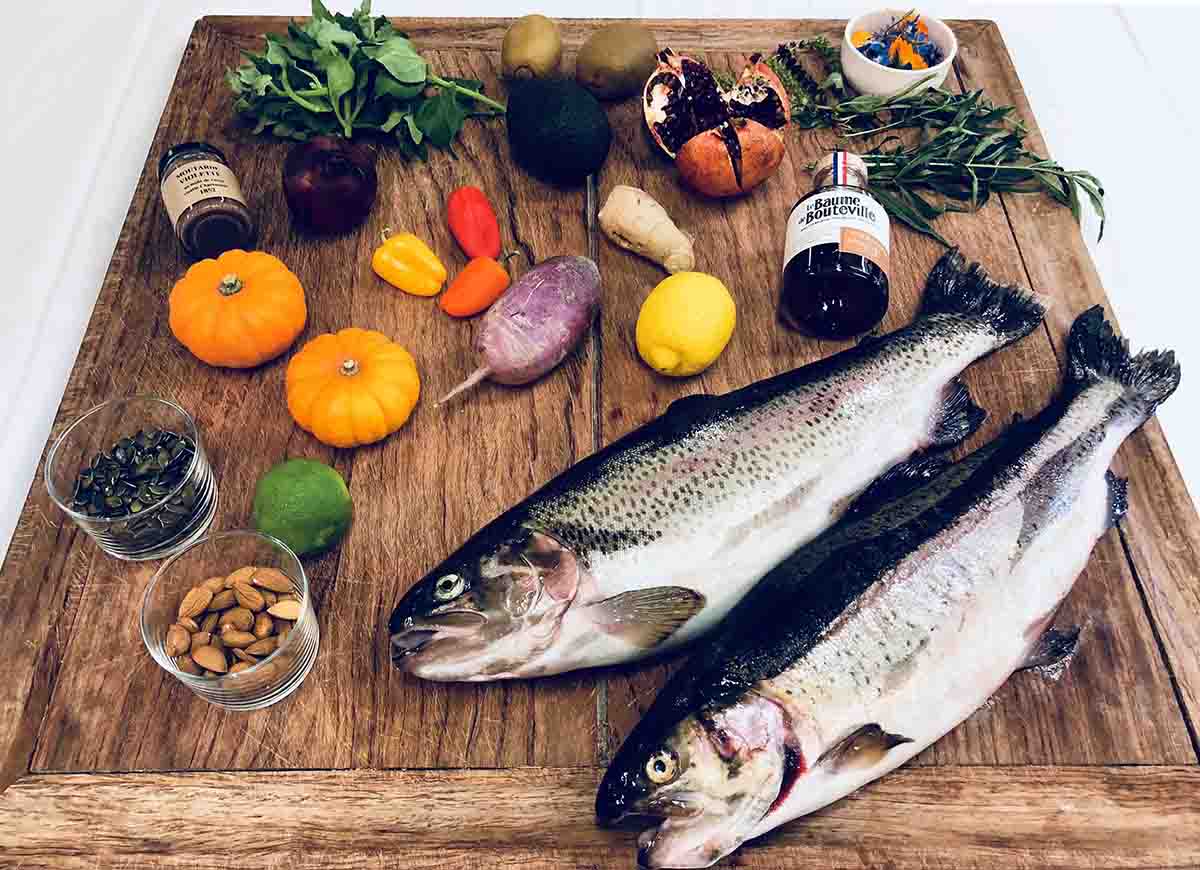
Let’s begin with starters
Maybe you fancy a small plate of snails? The garden snail, called too the ‘cagouille’ in the local dialect, is an icon of Angoulême’s culinary tradition. In fact, of Charentaise cooking as a whole.
However, pork dishes also feature prominently amongst Angoulême specialities. Once upon a time, pigs were slaughtered on the farm itself. Just before they were salted and consumed over the course of the year. This practice gave rise to pork scratchings and grillons. It seems a kind of pâté, made from pieces of meat that are slowly cooked in their fat and seasoned.
In the summer, local ham goes excellently with Charentais melon. We can wash down to perfection by a glass of Pineau des Charentes.
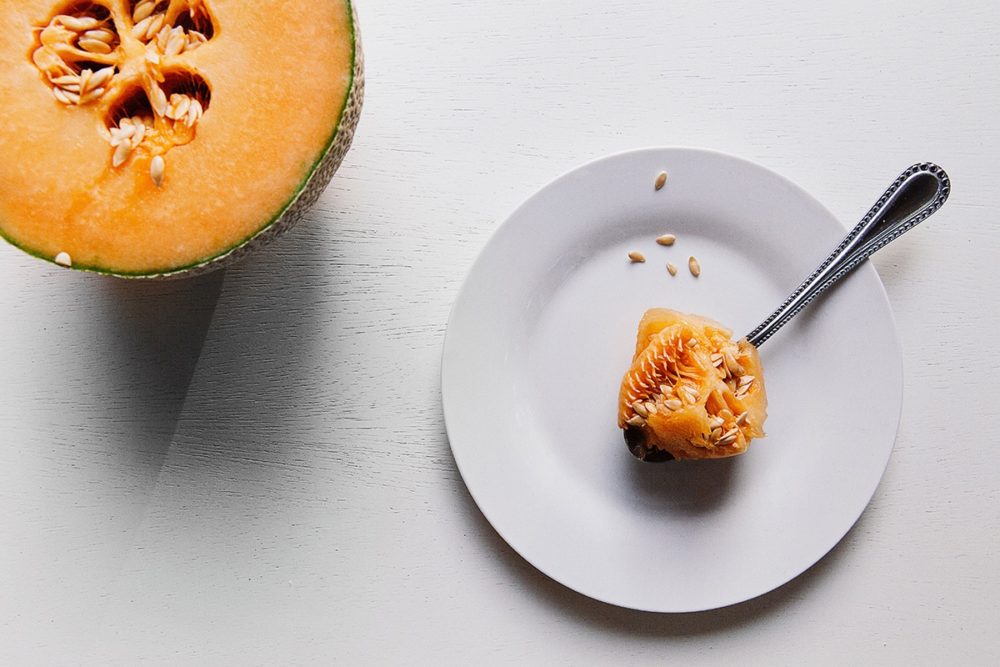
You could also savour some trout – smoked or marinaded – raised in the beautiful setting of the Truite Bellet fish farm, a few kilometres from Angoulême. It’s also served up by several highly-regarded restaurants.
For a change from beef or pork, what about giving organic wild ox charcuterie a try? There’s a farmer in Nanteuil-en-Vallée who specializes in this breed!
Angoulême specialities for the main course
There are lots of meat dishes prepared using traditional recipes. Beef stew, veal shank in Pineau, tripes à l’angoumoise (beef tripe stew), Poitou-Charentes lamb, Chalais veal, fattened chicken, duck confit etc.
You should try free-range guinea fowl breast stuffed with Manslois cheese. Made from cows’ or goats’ milk, Manslois seems to a kind of soft cheese named after the inhabitants of the town of Mansle in Charente. It was here that first produced. Made the old-fashioned way using a cheesecloth (‘au torchon’), it may be eaten as a dessert as well as with savoury food.
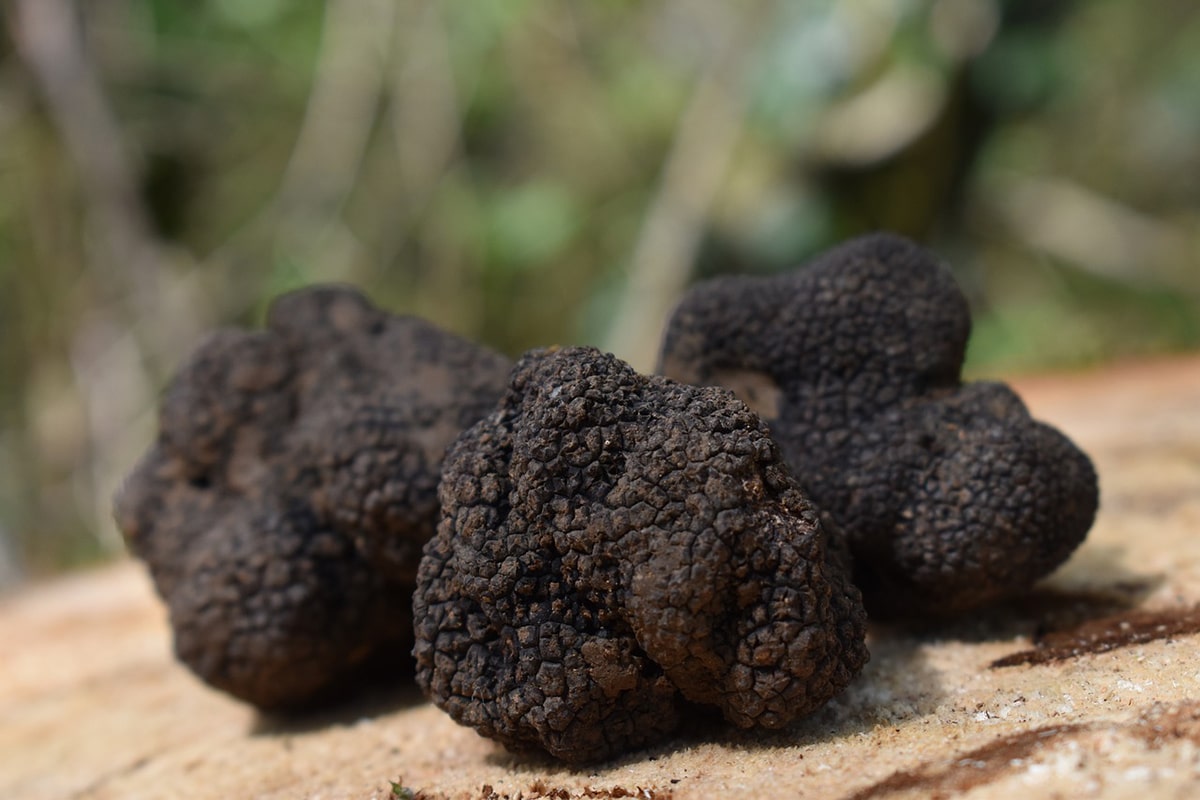
Keeping to the poultry theme, you simply have to check out Barbezieux chickens. We know this a breed for its capons (fattened cockerels) for centuries. We eat capons traditionally at Christmas and New Year. They may be roasted, truffled or stuffed. While we’re on the subject, it probably won’t surprise you to learn that truffles are another Angoulême speciality! This land of vineyards is also home to truffles, notably black truffles. They are gathered between December and March. Likewise, they impart an absolutely wonderful flavour to a range of dishes.
Let’s row back a little to take a look at some less sophisticated flavours, for example ‘bouilliture’ d’anguilles (eel stew). Don’t worry, you’re sure to love it! The eels are cooked as part of a fish stew or a bouilliture. It involves marinading the eels in red wine and a glass of brandy all night. This marinade is the basis of a broth. The purists will add a few prunes about thirty minutes before taking the dish off the heat. You can also include a little garlic fried in butter. Alternatively, you can simply grill your eels. Some people even put it in maki (sushi rolls)!
Why choose between pears & cheese when you can have both!
Both pears and cheese are Angoulême specialities and go very well together. ‘Taupinière Charentaise ®’, a delicate cheese with subtle hazelnut and forest floor notes, is the perfect match for Duchesse d’Angoulême pears. This large, oval-shaped pear with speckled yellow skin boasts white flesh that is melt-in-the-mouth, juicy and sweet. This autumn pear ripens in October and November and may be stored for long periods of time! Originally from Anjou, it thrives in the fertile soils of the Angoumois area.
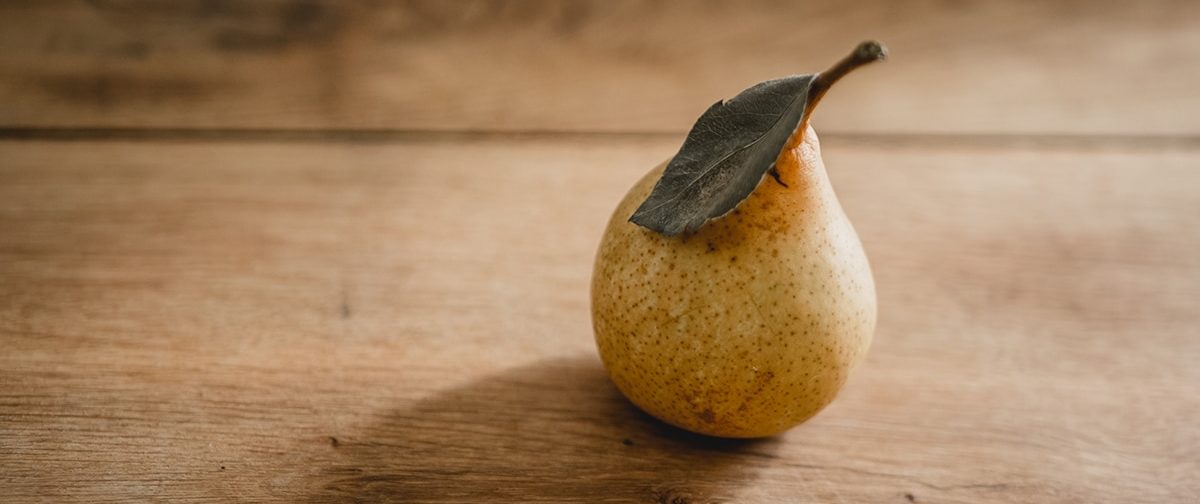
The ideal way to round off a meal, when pan-fried it goes very well with beef or breast of fattened duck. This is a very old variety of pear. As a point of interest, the person who first grew this variety, the Comte d’Armaillé, gave it to the duchesse d’Angoulême to try. The duchess enjoyed it and gave him permission to name it after her.
Finishing on a sweet note
Go on, spoil yourself with a Marguerite d’Angoulême! This chocolate was created in 1876 by the master chocolate-maker Duceau as a tribute to the much-loved sister of François I. Shaped like a daisy (‘marguerite’ in French), this chocolate may be made from dark, milk or white chocolate and is delicately flavoured with candied orange. After that, a little ‘brûlot charentais’, (a flaming coffee with cognac) and it’s forty winks time!
